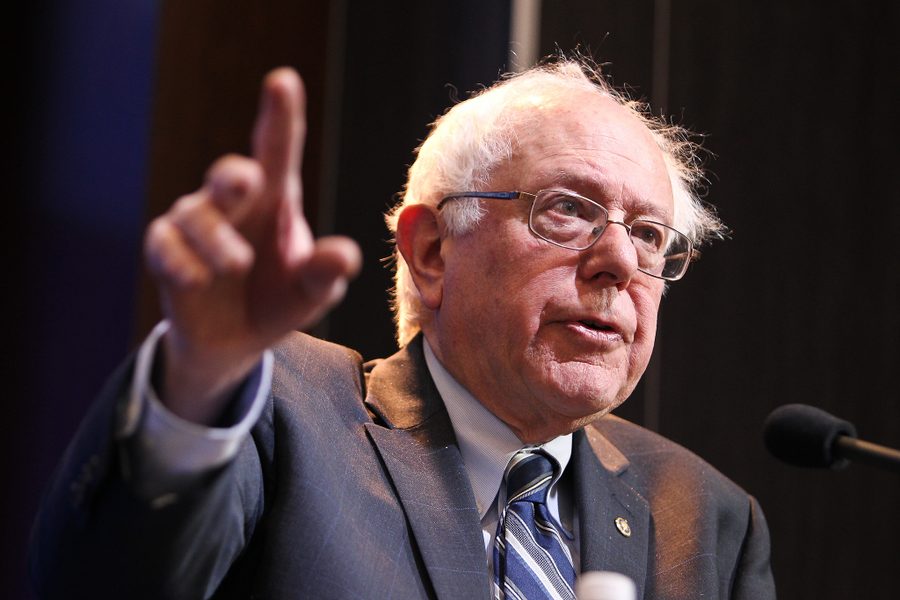
The Supreme Court’s 6-3 decision to uphold the Affordable Care Act is good news. “It’s working,” said Hillary Clinton, in a campaign statement. “Sixteen million Americans have gained coverage. … Insurance companies can no longer discriminate against people with pre-existing conditions.”
Sen. Bernie Sanders (I-Vt.), in a press release from his congressional office, likewise lauded the court’s “commonsense reading of the Affordable Care Act.” Then, Sanders said, “What the United States should do is join every other major nation and recognize that healthcare is a right of citizenship. A Medicare-for-all, singlepayer system would provide better care at less cost for more Americans.”
Therein lies the difference between Clinton and Sanders. She supports reforms within the narrow parameters of Washington liberalism. He seeks unapologetically progressive structural change.
Yet, the purist Left — and the Green Party and its socialist supporters in particular — opposes Sanders’s electoral ambitions. Jill Stein tossed her Green Party hat into the presidential race on June 22 during an appearance on Democracy Now! She admitted that she and Sanders share a similar vision, but explained that when she loses on Nov. 8, 2016, “that vision will not die, it will not be absorbed back into a party that is essentially hostile to that vision.” This begs the question: What has the Green Party and its “vision” accomplished in the 15 years since Ralph Nader’s 2000 campaign?
The Green Party and its supporters count talented writers and activists within their ranks (some of whom contribute to this magazine), but their theory of national electoral politics is as defective as their understanding of the long and discouraging history of third-party campaigns. The Green Party motto appears to be: “If at first you don’t succeed, keep doing exactly the same thing.”
In our electoral system, third-party presidential campaigns do not challenge the bipartisan neoliberal establishment. On the contrary, such quadrennial rituals only reinforce the political impotence of the Left, while preserving the purity of the third-party voter. The fact that Sanders is attracting massive crowds in the early primary states is far more unsettling to the guardians of the status quo than any Green Party candidate. Reporting on Sanders’s success in Iowa, the New York Times observed: “Clinton is far ahead, in the polls, fundraising and name recognition. … Her mix of centrist and progressive Democratic views may yet prove more appealing to the broadest number of party voters as well, while some of Mr. Sanders’s policy prescriptions — including far higher taxes on the wealthy and deep military spending cuts — may eventually persuade Democrats that he is unelectable in a general election.” Apparently, if his policies fail to convince Democrats he is unelectable, the New York Times will try its best to do so.
Sanders’s relentless social democratic message that all citizens of this rich and powerful country should expect and demand high-quality public services — like single-payer healthcare — fosters political awareness among a real-world audience. This audience should be the subject of our politics — not the Green idealist voting their vision, nor the imaginary worker marching under a red banner.
Joel Bleifuss, a former director of the Peace Studies Program at the University of Missouri-Columbia, is the editor & publisher of In These Times, where he has worked since October 1986.








